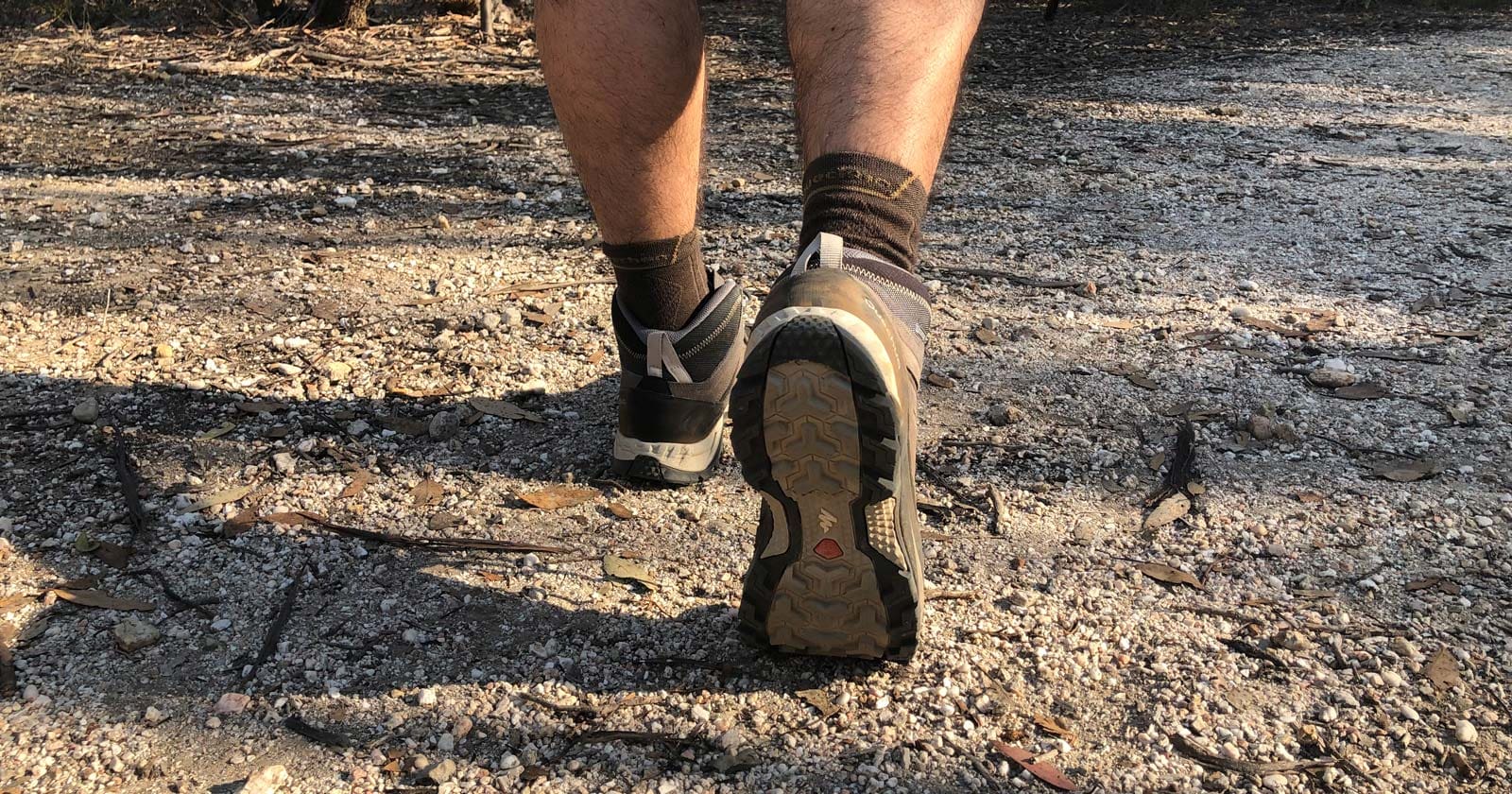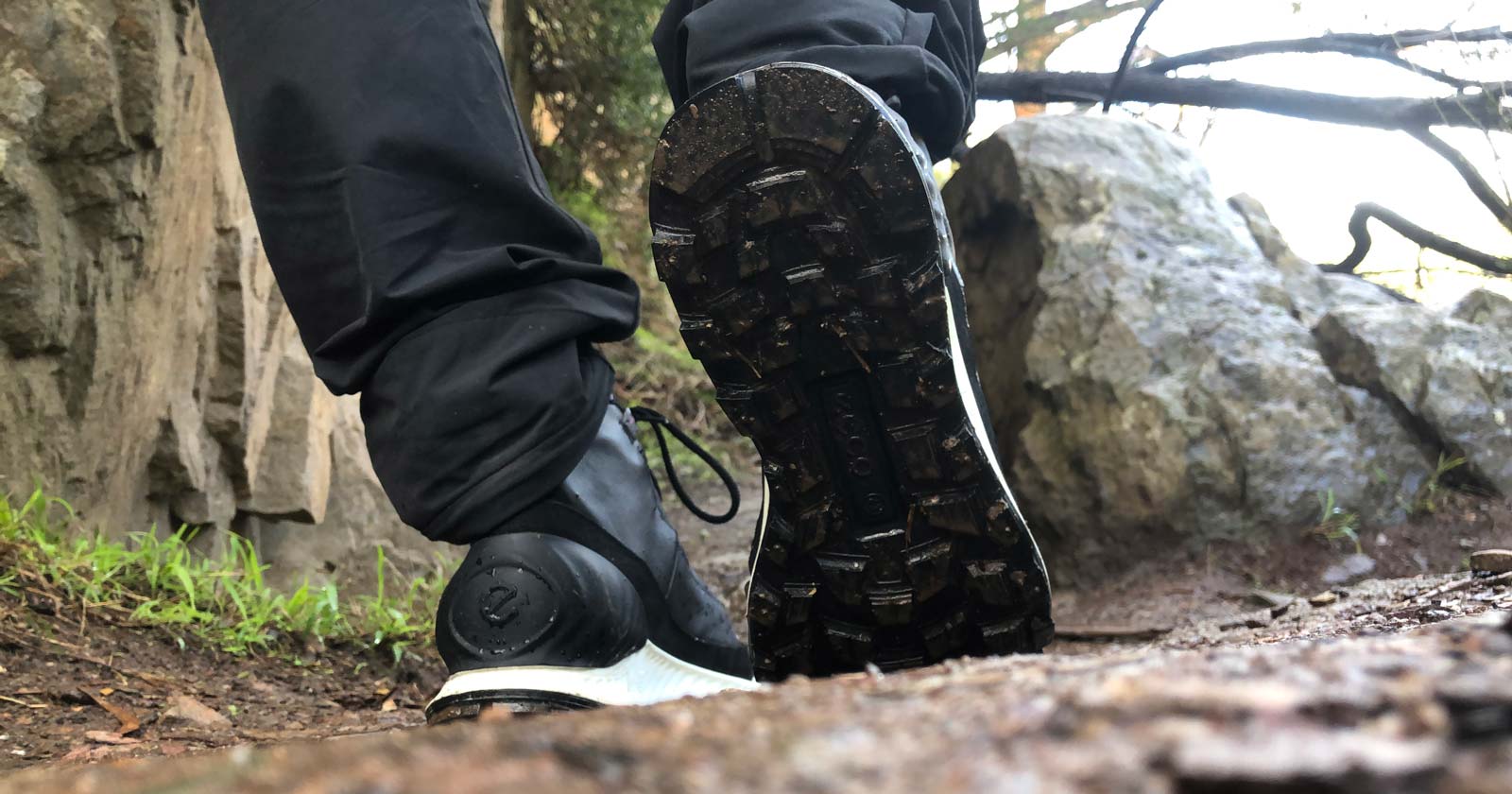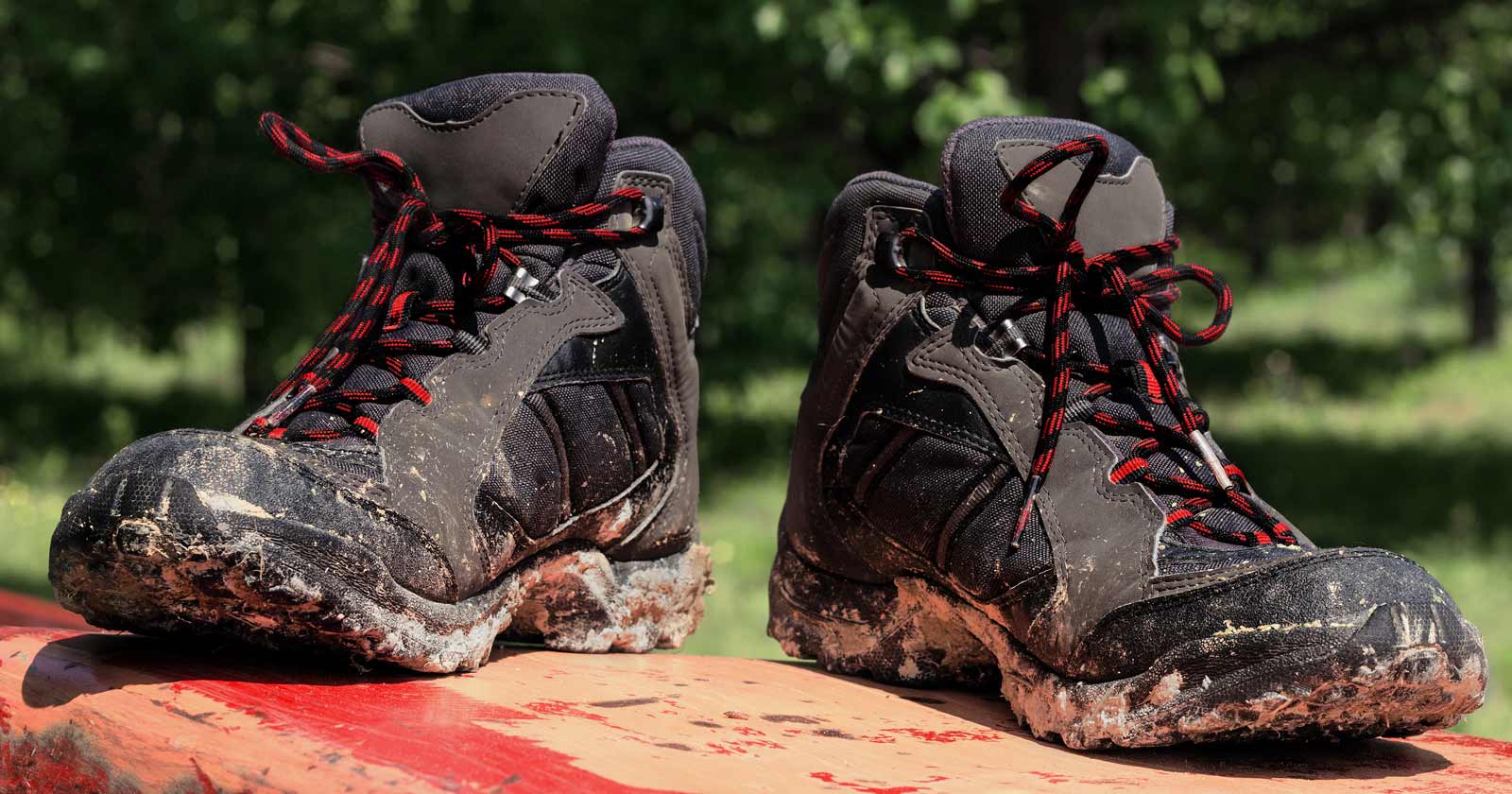Embrace the trail, not the discomfort
Imagine this: you’re hiking through breathtaking scenery, the fresh air invigorating your lungs, and a sense of adventure fills your heart. But wait, that perfect picture is marred by chafing, clammy clothes, and the chill of unexpected rain. Don’t let discomfort derail your hiking dreams! Choosing the right attire is the key to unlocking a world of comfortable, safe, and truly enjoyable outdoor adventures.
This guide delves deeper than just “what to wear.” I’ll explore the science behind different fabrics, understand how they interact with your body and the elements, and equip you with the knowledge to make informed choices. Whether you’re a seasoned trekker or a curious newcomer, this guide will ensure you hit the trail prepared, confident, and ready to embrace the journey, not the discomfort.
Cotton
Cotton clothing can be worn for hiking, but it is generally not recommended, especially for longer or more strenuous hikes or in cooler climates. While cotton is breathable and comfortable, it has certain characteristics that make it less suitable for hiking compared to other materials. One of the main issues with cotton is its poor moisture-wicking properties. Cotton absorbs moisture (such as sweat) and holds onto it, which can make the fabric feel heavy and wet against your skin. This can lead to discomfort, chafing, and even hypothermia in cooler temperatures. Additionally, when cotton gets wet, it takes a long time to dry, which can be problematic if you encounter rain or water during your hike.
If you’re going on a short and easy hike in dry, warm conditions, cotton clothing may be more tolerable. However, for longer hikes, challenging terrains, or unpredictable weather, it’s generally recommended to wear moisture-wicking and quick-drying synthetic fabrics or specialised outdoor clothing designed for hiking. Layering your clothing and wearing moisture-wicking base layers can also help manage temperature and moisture effectively.
- Advantage: Cool sun protection, non irritant
- Disadvantage: Cold when wet, slow drying (read more)
Merino wool: designed to wick moisture and warm when wet
There are many benefits of merino wool.
- Merino wool wicks moisture
- Warm when wet
- Odour resistant (I wore the same merino t-shirt for 11 days in Nepal and I tell myself I didn’t smell.)
- Low flammability
- Dies quickly
- Highly breathable
- Soft and comfortable
- Natural fibre that’s biodegradable
- Disadvantage: Skin irritant for some people, heavy when wet (unless superfine merino)
Synthetics: designed to wick moisture and not chafe
Most hiking and camping stores stock a lot of synthetic clothes and the technological advances that have been made over the past few years are astonishing. Go to a specialty sports store too and you’re going to see a lot of synthetics.
- High warmth/weight ratio, absorbs little moisture, quick drying
- Disadvantage: Warm in hot weather, often expensive, non fire resistant
Bamboo: a great product or clever marketing?
Bamboo fabric is a recent marketing term for rayon, which is formed by using industrial processes to break down the cellulose from plants and reform it into fiber… basically semi synthetic cotton. I guess they’re capitalising on the fact that somehow gear made of bamboo is trendy, and this particular fabric may have bamboo as the original cellulose source.
But in the end, it’s a similar material to cotton: very comfortable when dry, but a disaster when wet. To add to this, from my experience, bamboo clothing, tends to wear out rather quickly with sustained use.
I’d stick with wool, unless you know there is no possibility of rain.
Consider the elements
When choosing your clothing for a specific trip make allowances for dealing with the expected terrain and the worst weather conditions that may be encountered in the walk area. In alpine regions be prepared for rapid change to blizzard conditions in all seasons. Neither should the danger from the sun be underestimated. Despite the deceptively cooler air temperatures generally encountered at altitude, ultraviolet levels are significantly higher, and reflection from snow can reach parts of the body not usually exposed to the sun’s rays. Resist the temptation to reduce pack weight by leaving spare clothing behind.
Terrain: Always wear comfortable, well treaded footwear. Many hikers prefer boots with ankle support when pack carrying or hiking on rough ground. Thick well fitting woolen socks are invaluable. Gaiters give protection from grass seeds, stones, scrub, snow, snakes and leeches.
Rain: The weather, particularly in Victoria, can be unpredictable. Sunny one minute, bucketing down with rain the next. Always carry a good water and windproof jacket, preferably thigh length with integral hood, NOT padded and NOT a light nylon “spray jacket”. Waterproof over-pants. Not jeans.
Cold: Beanie/balaclava, mittens/gloves, jumper/polar fleece, windproof shirt, thermal underwear, woolen socks. Not jeans.
Sun: Hat, light weight long-sleeved shirt.
Additional things to consider
- Keep a pair of spare socks with you. I always take a spare change of socks on a day hike in case my feet get wet or sweaty. A change of socks can be improve your mood dramatically when hiking as well as prevent blisters.
- You might want to carry warm clothing in case you get caught out after dark.
Be prepared and stay comfortable on your hike
Choosing the right hiking attire is crucial for a safe and enjoyable experience. Remember, comfort and safety are paramount, not looking trendy or minimizing your pack weight.
Key takeaways:
- Layer up: This allows you to adjust to changing temperatures and avoid sweating or getting cold.
- Prioritize moisture-wicking fabrics: Merino wool and synthetics are generally better than cotton, which retains moisture and dries slowly.
- Consider the elements: Pack for the worst-case scenario, including rain, wind, cold, and sun exposure.
- Invest in good footwear: Hiking boots with ankle support are ideal for rough terrain.
- Bring extras: Pack spare socks, warm clothing for emergencies, and a hat for sun protection.
By following these tips and carefully considering the specific demands of your hike, you can ensure you’re prepared for anything the trail throws your way. Now get out there and explore.






I am from northern Australia. I don’t understand the hate for cotton. (I have read this elsewhere too.) When it’s hot, there’s not a fabric I’ve found to be better than a long sleeve cotton shirt. It’s cool, and protects from the sun and biting insects. It also doesn’t matter if it gets wet, because being wet can be cooler than being dry. I wonder if the hate for cotton is a bias of people whose experience hiking is mostly in cooler regions. It’s a shame because people who are new to hiking in the heat seem to think they need to go and buy synthetics because they’ve heard that cotton is terrible for hiking.
Great comment Angela. In short, Cotton can be OK, You’ve heard it before: cotton kills. Cotton has a bad reputation in the outdoors because it absorbs lots of moisture and dries very slowly, which can create an uncomfortable and dangerous situation on wet and/or cold days. But in hot and dry conditions, the moisture can feel good against your skin, and as it evaporates it will leave you feeling cool.
You must be careful when wearing cotton though. Make sure you’re OK with the feel of wet cotton next to your skin (some people just don’t like it) and that it won’t cause chafing if it rubs against your skin. More importantly, if there’s any chance you’ll be out when the temps dip in the evening, carry a change of clothes or choose to wear synthetics instead of cotton.